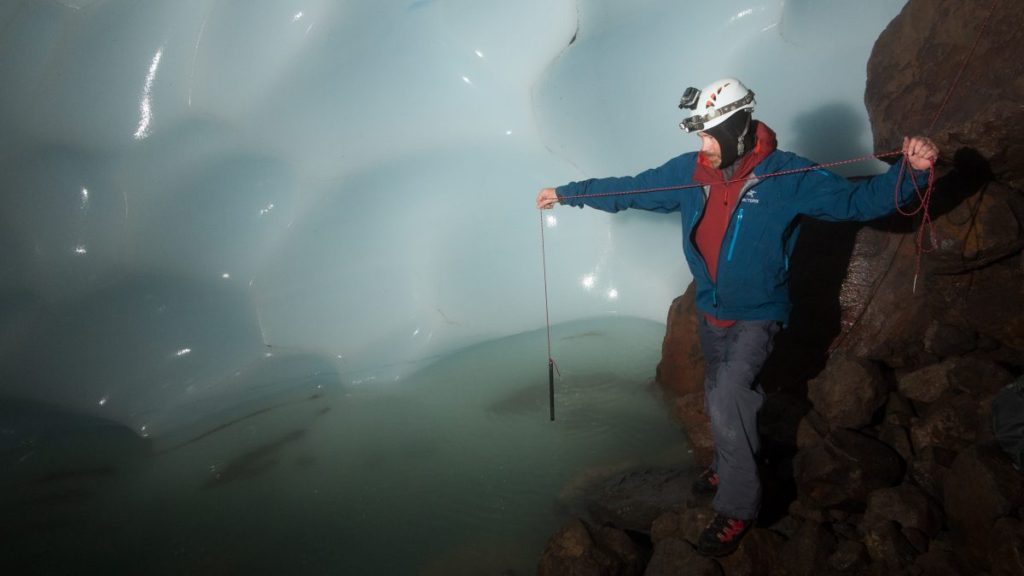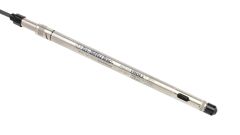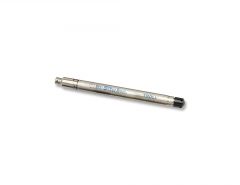

Overview
After a third arduous journey to the glacier caves of Mt. Rainier, Dr. Lee Florea is thrilled to discover his In-Situ monitoring equipment has survived the elements and collected a treasure trove of data.
Challenge
It seemed perfectly natural to Dr. Lee Florea, assistant director for research at the Indiana Geological Survey and a hydrogeologist at Indiana University, to join an expedition to conduct glacier cave research at the top of Mt. Rainier not once, not twice, but three times.
As both a scientist and a caver, he was eager to learn more about the unique environment inside caves formed by fumaroles leaking gases beneath glaciers trapped in volcanic craters.
Led by Glacier Cave Explorers, part of the nonprofit National Speleological Society, Florea and a team of scientists and researchers risked life and limb to make the journey, uncertain whether their equipment was rugged enough to survive the trip and deliver data on the caves’ complex hydrothermal processes.
Solution
The first year, Florea’s aim was to get baseline data from water samples collected from dripping cave walls and fumarole steam condensation. On the 2016 trip, Florea left behind In-Situ instruments to collect data for an entire year.
He set up an Aqua TROLL 200 to record lake temperature, depth, and conductivity. And because he couldn’t use a vented tube, he suspended a Baro TROLL nearby for barometric pressure compensation.
Given the constant environmental fluctuations and difficulties other team members faced with their instruments, he didn’t have high hopes for his setup.
“We wished it luck, believing we’d never see it again,” he says.
Results
In 2017, Florea made his third trip up Mt. Rainier to retrieve the equipment. He was shocked to find that the logger didn’t have a single ding or scratch. “I was also afraid the lake freezing over would have burst the pressure transducer membrane on the bottom, but it didn’t. It was perfectly intact,” he says
Two weeks later, back at sea level, Florea got the biggest surprise of all. “[The logger] had a beautiful, year-long set of data on it,” he says. “I was just amazed.”
Florea says the data reveal a complex interplay between precipitation, fumarole activity, and lake level, adding that there’s much more to learn about the vicissitudes of volcanic heat and the cave system’s overall water balance.
The success of future glacial-cave research will largely depend on intrepid scientists such as Florea willing to make the hazardous journey, the experienced climbers who guide the way and help ensure their safety, and the equipment they use to reveal the secrets of these icy worlds.
Original case study written by Lee Florea, Tom Wood, Eddy Cartaya Download Full Case Study: Mt-Rainier-Case-Study-Final.pdf



